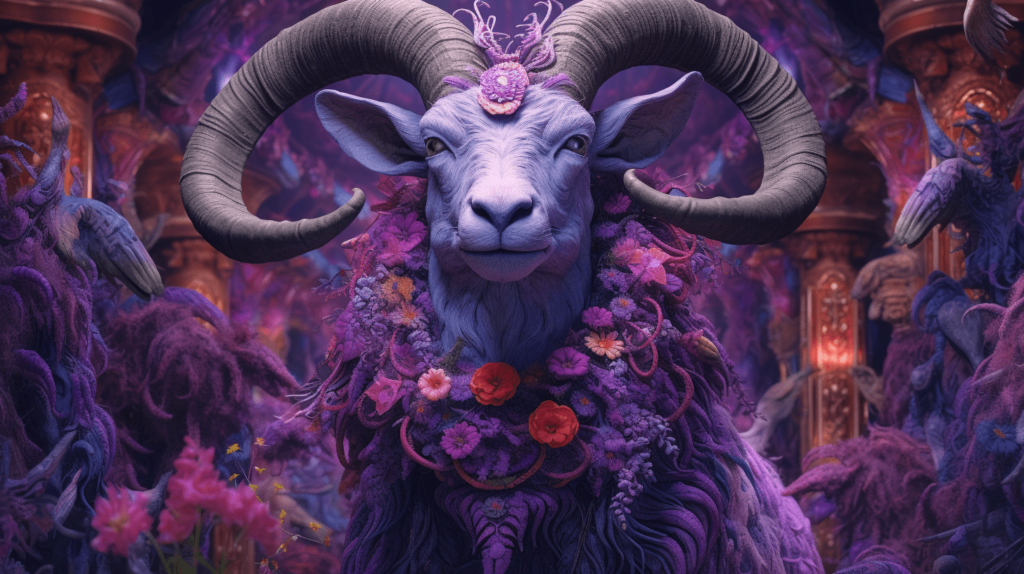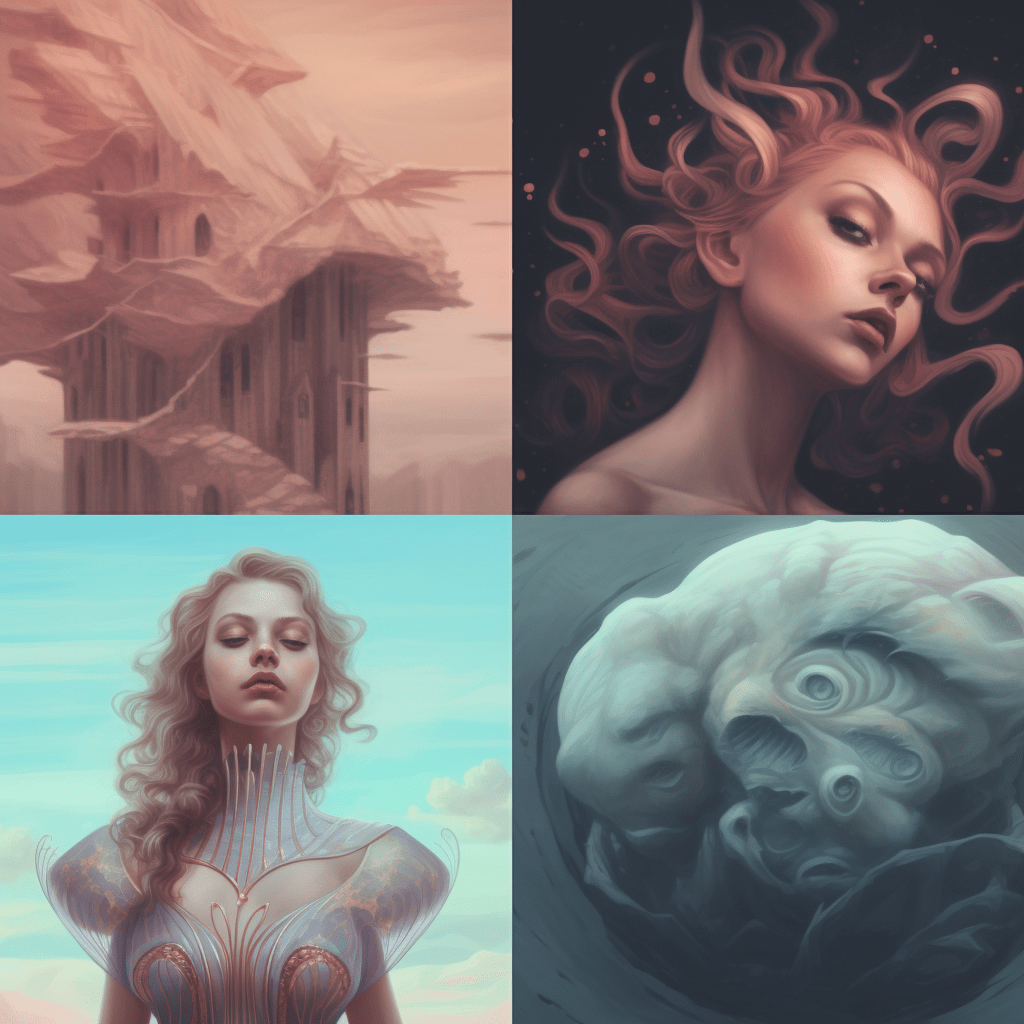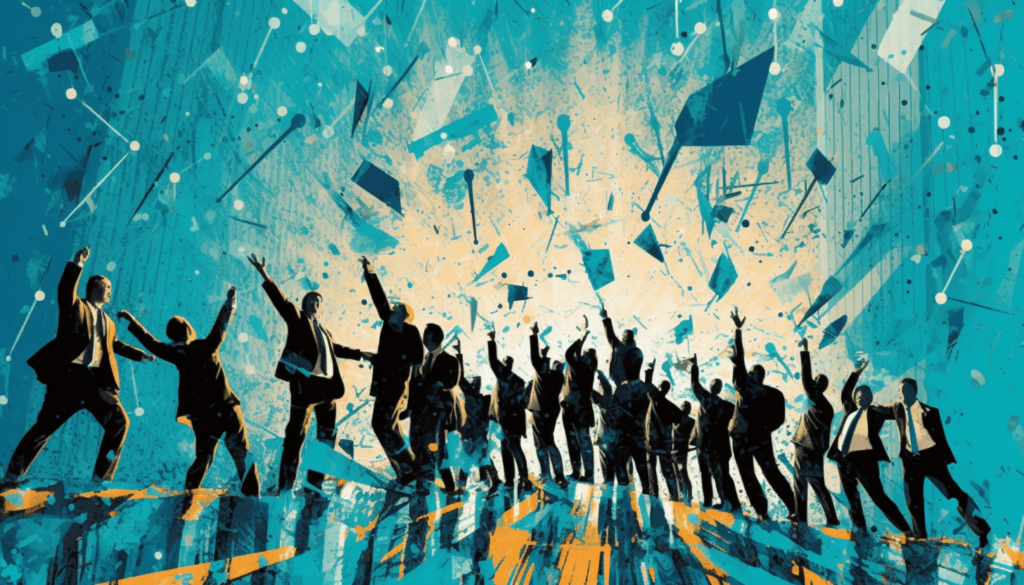The advent of blockchain technology has brought about a revolution in various industries and the world of digital art is no exception. The growing popularity of non-fungible tokens (NFTs) has opened up a new era of creativity and innovation. NFT generator art is a unique blend of technology and artistry, and harnessing this technology is easier than ever before. Let’s dive in and explore some top tips for maximizing creativity in the NFT generator art space.

Understanding NFT Generator Art
Before we delve into the tips, it’s important to have a firm grasp on what NFT generator art actually is. At its core, NFT generator art is a type of digital art that’s generated using algorithms and computer code, and then tokenized on the blockchain as an NFT. It’s unique, scarce, and provably owned by the token holder.
Creating a Unique Artistic Vision
In the vast landscape of NFT generator art, the first key to success and creativity is defining your unique artistic vision. What is the story you want your art to tell? What kind of emotions do you want to evoke? These are crucial questions that need answers before diving into the world of NFTs.
Having a clear artistic vision will set you apart from the crowd and ensure your work is distinct and original. Spend some time thinking about your artistic identity and the core themes you want to explore. Whether it’s focusing on abstract forms, intricate patterns, or more narrative-based pieces, finding your niche will make your work stand out.
Mastering the Right Tools
Next, it’s time to get technical. NFT generator art is largely created using coding and digital design tools, so it’s crucial to be familiar with these. Tools like Processing, p5.js, and Three.js are widely used in the creation of generative art. Each tool has its unique features and strengths, so experiment with different options to find one that best suits your artistic vision.
Some NFT artists might also use AI and machine learning techniques to create their art. Generative Adversarial Networks (GANs) are a popular choice for this. These AI models are trained on a dataset of images and then can generate new, unique pieces of art. As an artist, it’s worth exploring these more advanced techniques to push the boundaries of your creativity.
Engaging with the NFT Community
The NFT community is vibrant, supportive, and full of creative individuals. Engaging with this community can provide inspiration, feedback, and potential collaborations. Platforms like Twitter, Discord, and Clubhouse have strong NFT communities where artists can connect with each other.
It’s important to not just participate, but to actively contribute to the community. Share your own art, give feedback on others’ works, and contribute to discussions. This engagement will help you build a network and establish your brand in the NFT space.
Understanding Blockchain and Cryptocurrency
While it’s not necessary to be a blockchain expert to create NFT generator art, having a basic understanding of the technology and its implications is beneficial. After all, NFTs are a product of the blockchain, and cryptocurrency is often the medium of exchange in the NFT market.
Understanding concepts like gas fees (transaction costs on the Ethereum network), minting (the process of turning your digital art into an NFT), and the implications of different blockchains can help you navigate the technical aspects of creating and selling NFTs.
Embracing Experimentation and Iteration
One of the most exciting aspects of NFT generator art is the limitless possibilities for creativity. By embracing experimentation and iteration, you can push the boundaries of what’s possible and continually evolve your art.
Adapting to Market Trends

Staying informed about market trends in the NFT space can help you understand what type of art is gaining popularity and possibly fetch a higher price. While this shouldn’t be the sole determinant of what you create, it can help guide your creative decisions. Studying successful NFT artists and their strategies can also be useful. How do they engage with their audience? What kind of artwork do they create? This knowledge can inspire your work and help you understand what collectors are looking for.
Choosing the Right Marketplace
Choosing the right marketplace for your NFT generator art can make a significant difference in terms of exposure and profitability. Platforms such as OpenSea, Rarible, and Foundation have emerged as leading NFT marketplaces, but each has its unique characteristics and community. Researching and understanding the dynamics of these platforms can help you choose the best place to list your art.
Considering the Ethical and Environmental Implications
Lastly, it’s important to consider the ethical and environmental implications of creating NFTs. Due to the energy consumption of some blockchains, there has been ongoing debate about the environmental impact of NFTs. As an artist, choosing a more environmentally friendly blockchain or offsetting your carbon footprint could be ways to address this concern. In addition, understanding and considering issues like plagiarism and art theft in the NFT space can help you navigate the space ethically.
Final Thoughts: Harnessing the Potential of NFT Generator Art

In conclusion, the world of NFT generator art offers endless opportunities for creativity and innovation. By finding your artistic vision, mastering the right tools, engaging with the NFT community, understanding the technical aspects, embracing experimentation, and considering ethical and environmental implications, you can truly harness the potential of this exciting medium. Remember, creativity in the NFT space is a journey, not a destination.
